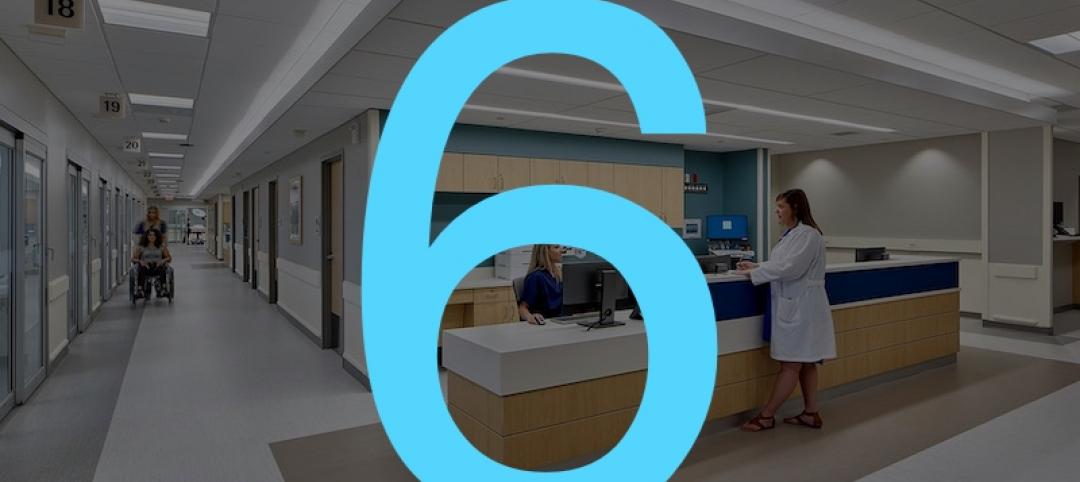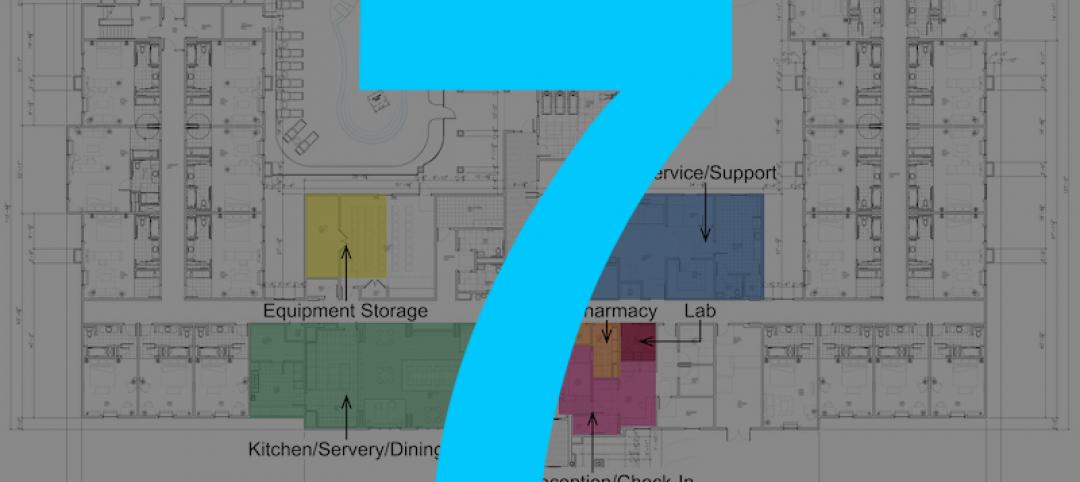The U.S. Green Building Council (USGBC) has released two new Safety First pilot credits as part of the LEED for Cities and Communities rating system. The new credits are designed to help local governments and development authorities better prepare for and respond to future pandemic events. The guidance includes strategies for planning, risk assessment and training, as well as evaluating equity implications and impacts to vulnerable communities. Between the increasing risks associated with climate change and the current public health crisis, the new LEED credits provide additional ways to integrate public health and social equity into sustainability and resilience efforts.
The Safety First pilot credits are part of USGBC’s economic recovery strategy introduced in May that centers around a reimagined vision that healthy people in healthy places equals a healthy economy. The new LEED credits, called Safety First: Pandemic Planning and Safety First: Social Equity in Pandemic Planning, are available to LEED for Cities and Communities projects.
“The key to a better future lies in our ability to create places that support human and environmental health,” said Mahesh Ramanujam, president and CEO of USGBC. “LEED-certified cities and communities are already moving in that direction and they understand that effective planning is critical to tracking performance and making improvements. The current pandemic is revealing new lessons every day and LEED’s Safety First pilot credits provide a roadmap for taking action and bringing a more integrated and inclusive approach to rebuilding a healthier economy.”
The Safety First: Pandemic Planning credit is intended to help cities and communities prepare for, control and mitigate the spread of disease during a pandemic that poses a high risk to people. The plan must include a task force representing diverse backgrounds that is responsible for evaluating possible impacts and advising decision makers on short- and long-term challenges. It must also identify risks and vulnerabilities to health by outlining historical, geographical, epidemiological and other factors, and assess preparedness. The plan evaluates healthcare system readiness, domestic response, incident management and other existing policies and procedures. Education and training for community partners and other stakeholders must also be included.
The Safety First: Social Equity in Pandemic Planning credit systematically considers equity implications across all phases of the pandemic preparedness, planning and response process. The local government or development authority must have a local equity officer in place and responsible for building equity into the structure of the emergency command and response system. The plan must also convene a Pandemic Community Advisory Group to gather input on an on-going basis and the group must reflect the demographic and socio-economic diversity of the city or community. Public communications, outreach and educational campaigns must also be included in order to share relevant information about the pandemic, public health and health care facilities available. Project teams are also encouraged to demonstrate how policy, procedures, infrastructure and facilities impact low income, vulnerable or at-risk groups.
In the U.S., the coronavirus is expected to reduce GDP by nearly $8 trillion through 2030 putting tremendous strain on local economies, businesses and people. Those losses will be even more acute when coupled with mounting costs associated with climate events. Last year, just 14 weather and climate disasters cost the U.S. more than $45 billion. LEED has long supported resilience planning and the new Safety First pilot credits expand those efforts to ensure local governments and development authorities are also planning for and considering public health threats and social equity challenges. As projects pursue the new credits, USGBC will collect feedback and refine the guidance.
These and other new LEED credits will be discussed during USGBC’s Healthy Economy Forum August 4-5. The forum will address a wide range of building sectors and examine how green building plays a role in ensuring people feel safe and healthy returning to buildings and spaces. The presentations and discussions will identify changes that may be needed in the short term and those that may be permanent while helping to rebuild the economy and replace unprecedented job losses. Registration for the virtual forum is currently open.
For more than 20 years, USGBC has defined global best practices for designing, constructing and operating sustainable, resilient and healthy buildings, cities and communities through LEED. LEED, or Leadership in Energy and Environmental Design, is the world’s most widely used green building rating system and promotes strategies that reduce environmental harm, enhance human health and support economic development. Third party verification systems like LEED encourage transparency and confirm that a project has met the highest sustainability standards. Nearly 200 cities and communities, and over 103,000 buildings and spaces are currently participating across nearly 180 countries and territories.
Related Stories
Market Data | Apr 9, 2020
7 must reads for the AEC industry today: April 9, 2020
Urine could be the key to building in outer space and how to turn a high school into a patient care center in just over two weeks.
Market Data | Apr 8, 2020
6 must reads for the AEC industry today: April 8, 2020
Stantec discusses how hospitals can adapt buildings to address worst-case scenarios and FXCollaborative Architects tells us why cities will survive the pandemic.
Market Data | Apr 7, 2020
7 must reads for the AEC industry today: April 7, 2020
Leo A Daly's Hotel2Hospital prototype takes shape, while the number of delayed projects reaches 2,550 in the U.S. amid coronavirus pandemic.
Market Data | Apr 3, 2020
COVID-19 cuts nonresidential construction employment in March
The construction unemployment rate was 6.9% in March, up 1.7 percentage points from the same time one year ago.
Market Data | Apr 1, 2020
February’s construction spending decline indicates what’s to come
Private nonresidential spending declined 2% on a monthly basis and is down 0.7% compared to February 2019.
Market Data | Mar 26, 2020
Architects taking action to support COVID-19 response
New AIA task force will offer insights for adapting buildings into healthcare facilities.
Market Data | Mar 26, 2020
Senate coronavirus relief bill's tax and lending provisions will help construction firms, but industry needs additional measures
Construction officials say measure will help firms cope with immediate cash flow crunch, but industry needs compensation for losses.
Market Data | Mar 25, 2020
Engineering and construction materials prices fall for first time in 40 months on coronavirus impacts, IHS Markit says
Survey respondents reported falling prices for five out of the 12 components within the materials and equipment sub-index.
Market Data | Mar 23, 2020
Coronavirus will reshape UAE construction
The impact of the virus has been felt in the UAE, where precautionary measures have been implemented to combat the spread of the virus through social distancing.

















